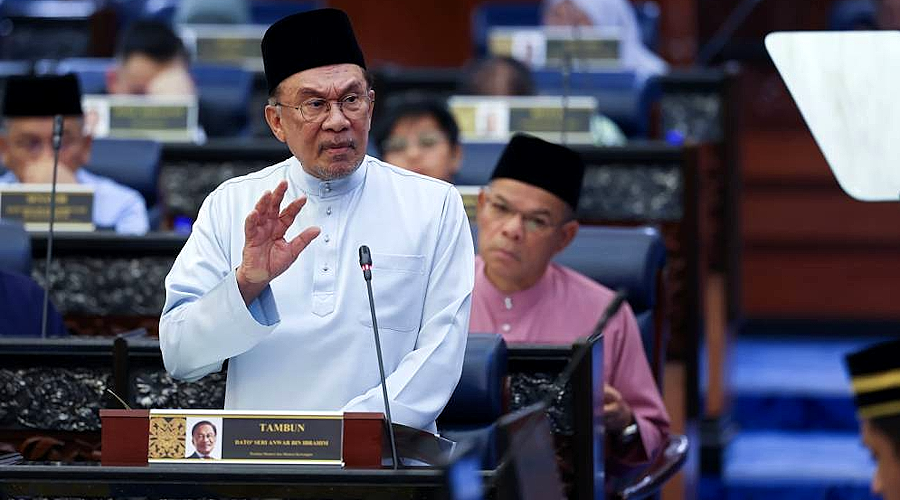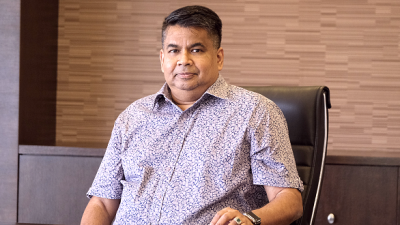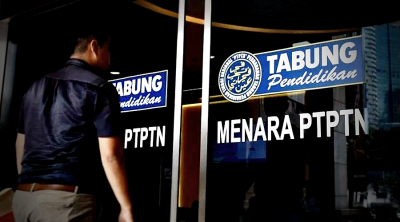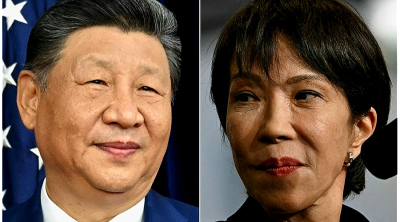
When Prime Minister Datuk Seri Anwar Ibrahim presented the budget 2026, he once again quoted from a Chinese classic—this time from Zuo Zhuan: “Be prepared for danger in times of peace; with preparation comes readiness, and with readiness comes safety.”
The phrase aptly captures the spirit of the 2026 Budget.
This budget comes without excessive packaging or populist giveaways. Instead, the focus is on fiscal discipline, policy stability and prudent spending. It is a budget crafted with caution and realism.
Unlike past budgets, which often saw increased government expenditure, the 2026 Budget allocates RM419.2 billion—RM1.8 billion less than the RM421 billion in 2025—marking a rare reduction in spending.
The fiscal deficit is also set to narrow from 3.8 percent to 3.5 percent, with a medium-term target of 3 percent.
A smaller deficit means healthier public finances, reduced borrowing pressure, and demonstrates that policy is moving in the right direction.
While the absence of lavish handouts may disappoint some, from a rational standpoint, this is a more cautious and responsible approach to fiscal management.
With falling global oil prices, the petroleum revenue for Malaysia will inevitably decline; the U.S. has also imposed a 19 percent tariff on Malaysian exports, affecting national income; and with the global economy in a slump, Malaysia cannot remain unaffected.
These three external challenges, coupled with the rising national debt—now exceeding RM1.3 trillion, or 64.7 percent of GDP, above the previous 60 percent ceiling—have become significant economic concerns.
The answer is clear: the government can no longer afford past habits of extravagance and waste.
From a positive perspective, the Unity Government recognizes these fiscal constraints and is taking reform measures to bring public finances back on track.
This reflects both the spirit of “being prepared in times of peace” and the principle of acting within one’s means.
Although the government will still disburse RM100 through the SARA program, the amount is modest.
Other forms of aid, such as the STR cash handout and special allowances for civil servants, are being scaled back. This helps ease the burden on vulnerable groups without overstraining government finances.
Education and healthcare remain top priorities, but funds are now being channeled more strategically rather than indiscriminately.
For example, 5,800 underprivileged students entering public universities will receive full financial assistance—a move that directs resources towards breaking the poverty cycle through education, teaching people how to fish rather than merely giving them fish.
In healthcare, the increased allocation allows for more doctors and medical personnel to be hired and for higher on-call allowances, helping to ease manpower shortages and narrow the imbalance between workload and pay.
Previously, BUDI95 was launched. Although the amount saved fell short of expectations, the significance lies in the fact that the policy was delivered as promised, paving the way for broader implementation in the future and a gradual reduction in government subsidies.
The shift from blanket subsidies to targeted assistance is expected to save RM15.5 billion annually—a crucial step toward long-term fiscal sustainability.
Although the budget did not impose significant tax hikes, tobacco and alcohol were not spared—both were hit again with higher “sin taxes,” a move that was widely expected and likely within the public’s tolerance.
Alternatively, the government has strengthened its revenue base by previously expanding the Sales and Service Tax (SST) and implementing e-invoicing.
A notable highlight is Prime Minister Anwar’s claim that anti-corruption efforts have recovered RM15.5 billion over the past two years—a significant achievement that earns political and economic credibility.
Several strategic sectors also received targeted funding to unlock economic potential. For example, in line with Visit Malaysia Year, RM700 million has been allocated to rejuvenate the tourism industry—a growing sector that aims to attract 47 million visitors.
However, the 2026 Budget has a few shortcomings. As the starting point of the 13th Malaysia Plan, it lacks major infrastructure projects—a letdown for the business community, especially the construction sector.
The likely reason is limited resources: the government must first strengthen its fiscal foundation before embarking on large-scale development.
Similarly, while green and digital economies are identified as future growth priorities, apart from a proposed carbon tax, there is little substantive effort to drive progress in these areas.
In summary, the 2026 Budget marks a turning point toward fiscal rationalization.
It moves away from populism and extravagance, focusing instead on realism and discipline—a budget that truly embodies the wisdom of “being prepared in times of peace, so as to prevent future troubles.”
ADVERTISEMENT
ADVERTISEMENT








































